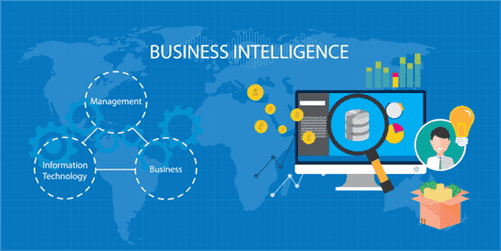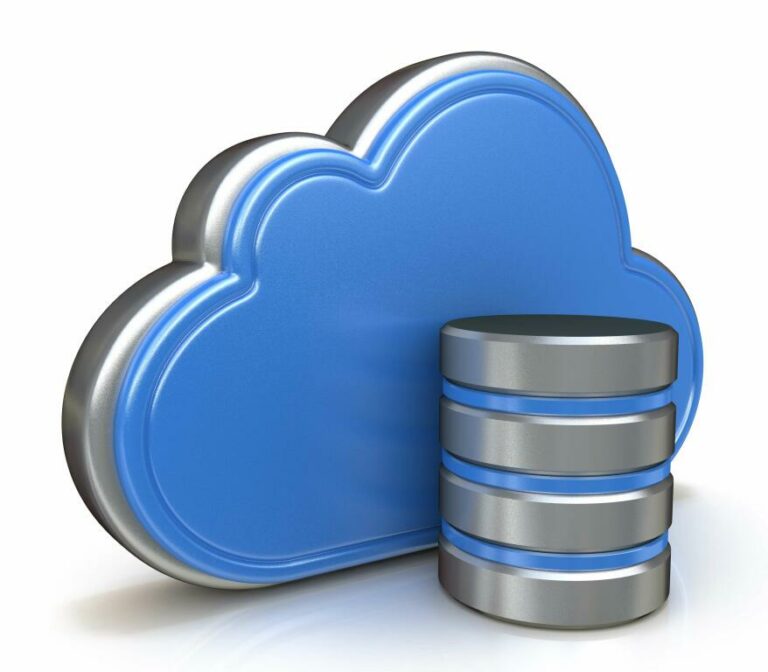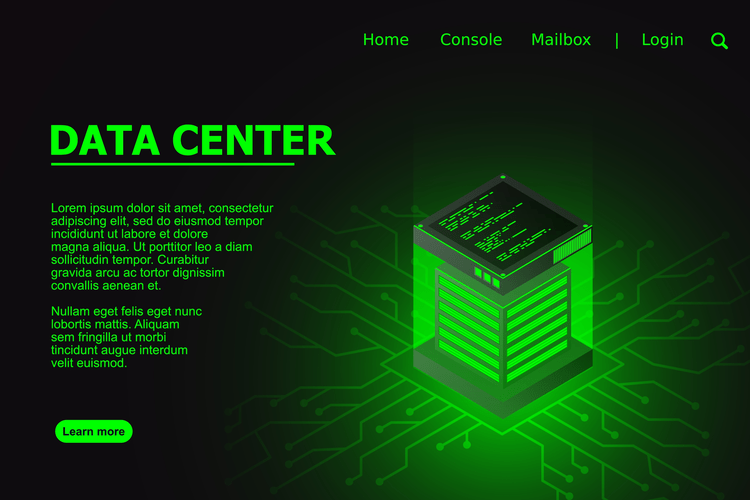23 Synonyms & Antonyms of OPERABLE
This information should not be considered complete, up to date, and is not intended to be used in place of a visit, consultation, or advice of a legal, medical, or any other professional. Operability is the ability to keep a piece of equipment, a system or a whole industrial installation in a safe and reliable functioning condition, according to pre-defined operational requirements. If you are the author of this article, you do not need to request permission to reproduce figures
and diagrams provided correct acknowledgement is given. If you want to reproduce the whole article
in a third-party publication (excluding your thesis/dissertation for which permission is not required)
please go to the Copyright Clearance Center request page. If you are an author contributing to an RSC publication, you do not need to request permission
provided correct acknowledgement is given. Identify your health system’s strengths and opportunities to progress toward enabling digital health transformation.
These are now about 50 technical recommendations, regularly updated, that prescribe minimum standards for colour contrast, keyboard operability (visually impaired people use the tab key, rather than a mouse) and alt-text (written descriptions of images). They have not been adopted by the ADA, but are frequently cited in plaintiffs’ lawsuits. When applied in combination with the other three WCAG principles, operability ensures that people with disabilities can enjoy full use of your website. To learn more about the WCAG requirements, follow the Bureau of Internet Accessibility blog for the latest news and updates, or schedule a free 30-minute consultation with our internet accessibility experts. Employed well, user personas help to build empathy with other people so you can discover ways in which the software needs to work better in production (or before production).
Operationality vs Operability – What’s the difference?
By making software more testable, releasable, and operable, you improve operability overall and make the software more resilient—wins all around. You log only when you’re representing an “interesting” software state, so you’re forced to consider why you’re logging at a particular point in the code. This in turns avoids what one might call “logarrhea”—too many arbitrary log lines.
With modern logging, you log to file (for servers) or STDOUT (for containers and serverless). The logs are then aggregated automatically into a central, searchable log store that’s accessible with a browser UI and an HTTP API. This technique is particularly powerful when teams collaborate on the conditions for “healthy” and “unhealthy.” Why does component X need to see that external service? You very soon discover interesting runtime dependencies through the process of defining the health-check logic. As software systems become more distributed and interconnected, you need to ensure that the software works well when operating live in production—what I call software “operability”—and you need to be able to observe its behavior.
interoperability
The Interoperability Coordinator leverages a regional structure to better allocate grant funding around the Commonwealth so that all areas have an opportunity to improve communications interoperability. These examples are programmatically compiled from various online sources to illustrate current usage of the word ‘operable.’ Any opinions expressed in the examples do not represent those of Merriam-Webster or its editors. But Mr Dengler, an American software engineer who was born fully blind, cannot make an appointment with the Italian consulate in San Francisco. Its booking system uses a colour-based calendar, which is not legible to his screen reader, a device that delivers a website’s content in audio form.

By defining and collaborating on this set of “interesting” events, teams come to better understand the system they are building and running. No longer is logging “just for errors”; logging leads to vital ongoing insight into the runtime execution of the system. In the past, logging was seen as just a way to deal with errors, but this is a very ineffective use of logging.
Dictionary Entries Near operable
Since 2007, I have treated logging as a rich trace of application behavior, using unique identifiers such as an enum to represent distinct states that I also call event IDs. Examples of event IDs could be ServiceStarting, DatabaseConnectionOpened, PostcodeLookupFailed, NewUserRegistered, etc. There are several actions that could trigger this block including submitting a certain word or phrase, a SQL command or malformed data. All content on this website, including dictionary, thesaurus, literature, geography, and other reference data is for informational purposes only.
- They also include the software in the computers which control the way the engine changes its speed in response to the actions of the pilot in selecting a start, selecting different idle settings and higher power ratings such as take-off, climb and cruise.
- The non-distortion X-ray image is successfully recorded for nonplanar objects using this flexible scintillation film.
- Data interoperability requires increasingly sophisticated data exchange architectures, application interfaces and standards.
- The Run Book dialog sheet technique works best when the dev/delivery team takes the lead on defining the initial set of operational features, because the team typically has to reach out to more operations-focused teams to fill in the details.
- Too often, operational aspects of the software system are addressed either late in the process or not at all, leading to problems in the production environment.
- WCAG’s emphasis on perceivability ensures that users can passively take in and access the information on your website.
All have in common that they want to push the development of the World Wide Web towards the semantic web.[dubious – discuss] Some concentrate on eGovernment, eBusiness or data exchange in general. If data is interpreted differently, collaboration is limited, takes longer and is inefficient. For instance, if a citizen of country A wants to purchase land in country B, the person will be asked to submit the proper address data. Address data in both countries include full name details, street name and number as well as a postal code.
Lawsuits over disabled Americans’ access to websites have surged
Thus, these results provide a feasible route for perovskite using in flexible medical imaging. Focus on https://www.globalcloudteam.com/, and you’ll create software systems that work well in production. But to achieve good operability, you must encourage collaboration between different teams by using practical, team-friendly techniques. Using log traces from multiple machines is key to observing the behavior of runtime systems.

OpsLogger is a good example of a logging library that uses techniques similar to the event ID approach. Each of these has an important role in reducing variability in intercommunication software and enhancing a common understanding of the end goal to be achieved. We’re doing our best to make sure our content is useful, accurate and safe.If by any chance you spot an inappropriate comment while navigating through our website please use this form to let us know, and we’ll take care of it shortly. We share a lot of content, both our own and 3rd party’s, on our social channels linked at the top and bottom of every page and we post interesting, generally longer form content in our Insights section. ‘Making software run well’ in this dynamic, interconnected world is the focus of Software operability.
Interoperability and open standards
In the past five years, website-accessibility lawsuits have surged to comprise about a fifth of such claims. According to UsableNET, a company that both tracks litigation and sells services to help clients prevent it, plaintiffs have filed more than 16,700 digital-accessibility lawsuits in state and federal court since 2018. Data interoperability requires increasingly sophisticated data exchange architectures, application interfaces and standards. These provide the data tools necessary to access and share information appropriately and securely across the complete spectrum of care, within all applicable settings and with relevant stakeholders, including individuals. Too often, operational aspects of the software system are addressed either late in the process or not at all, leading to problems in the production environment. A technique I have found valuable with many teams is to use a Run Book dialog sheet, a large (A1 size) printed paper sheet with a set of typical operational criteria listed.
But Jeffrey Gottlieb, a plaintiffs’ attorney in New York, frankly admits he is not so sure that litigation has had a broader “deterrent effect”. Others speculate that the lawsuits have even stymied progress, “causing corporations to throw up their arms and say I’m going to get sued anyway”, as Mr Stein puts it. Jason Taylor, the head of innovation at UsableNET, argues that the profusion of lawsuits can indeed take credit for “significantly” improving accessibility. Still, he admits, “to be on the cynical side”, large companies may believe that settling lawsuits is “cheap compared to doing it the right way”. But New York and California, where the vast majority of cases are brought, allow plaintiffs to tack on state-level claims to their federal cases and sue for damages. “I think that this was a gravy train that people jumped on,” says David Stein, who defends businesses.
Operability
In the same language, it is not an obstacle to order the provided address data; but across language barriers, it becomes difficult. If the language uses a different writing system it is almost impossible if no translation tools are available. Types of interoperability include syntactic interoperability, where two systems can communicate with each other, and cross-domain interoperability, where multiple organizations work together and exchange information. If you lead a team or department in the development or operation of modern interconnected software systems, and want to understand why and how to make your software systems work better, then this free 6000-word eBook is for you. Some of those standards meaningfully ease the burden on disabled site-goers; others are less critical.

















